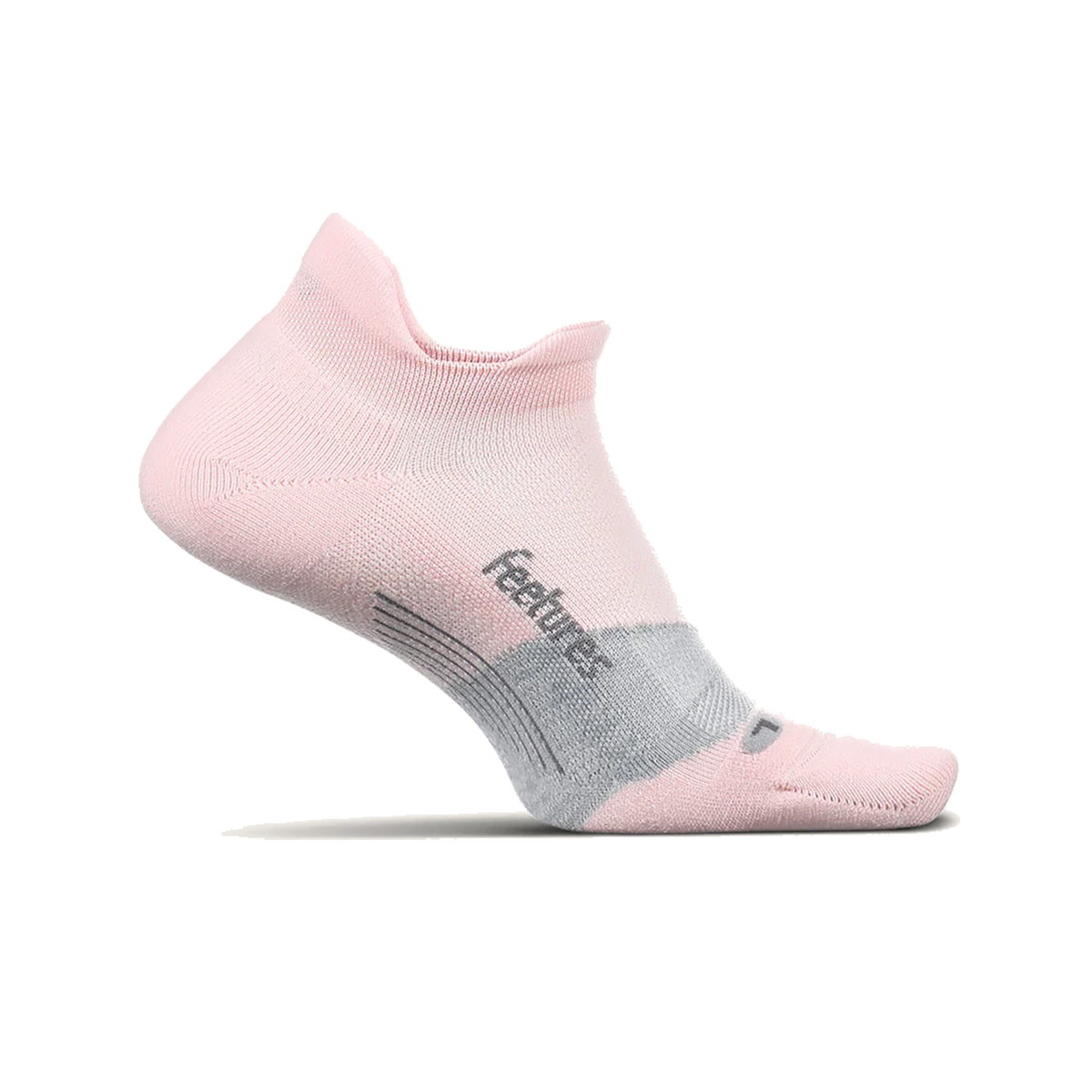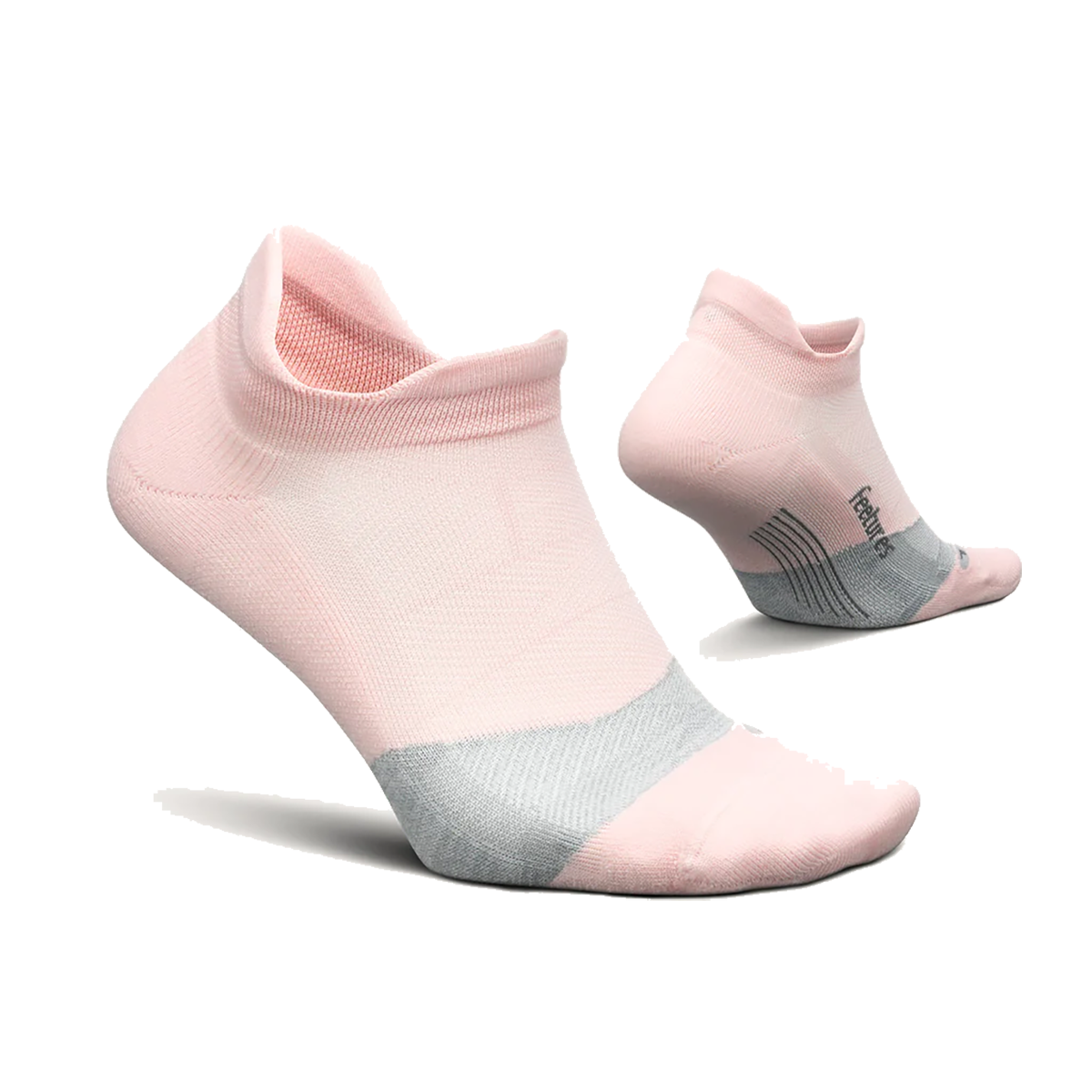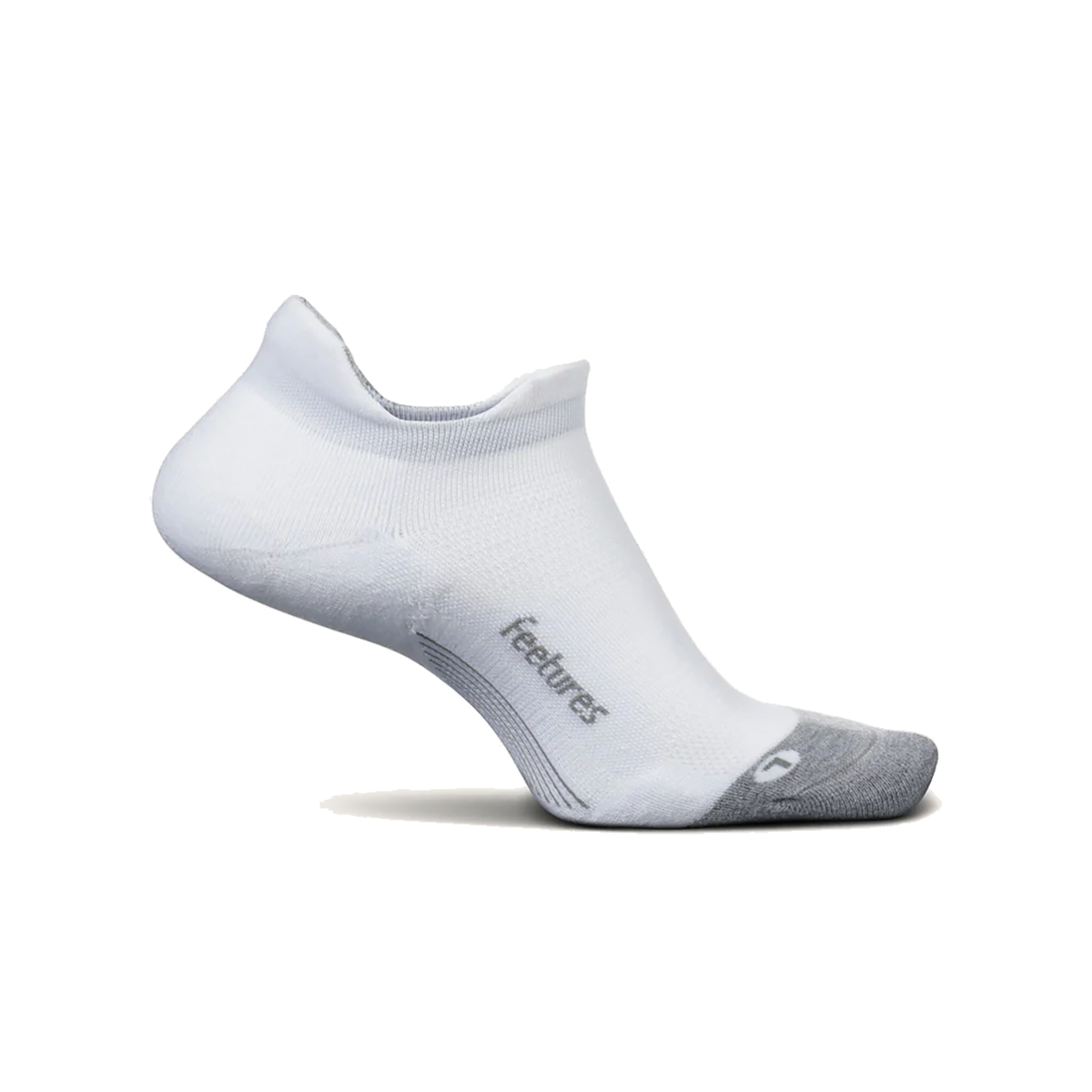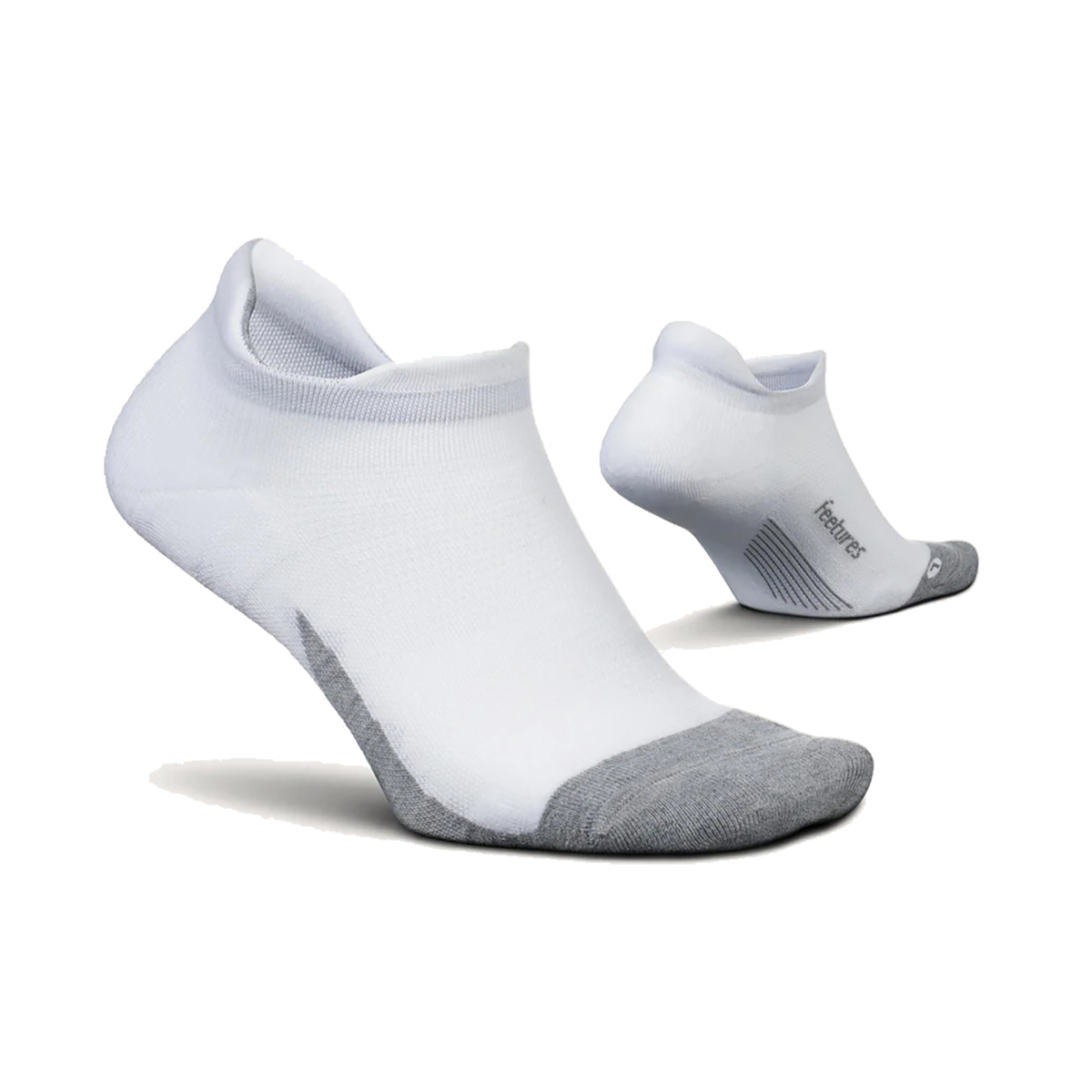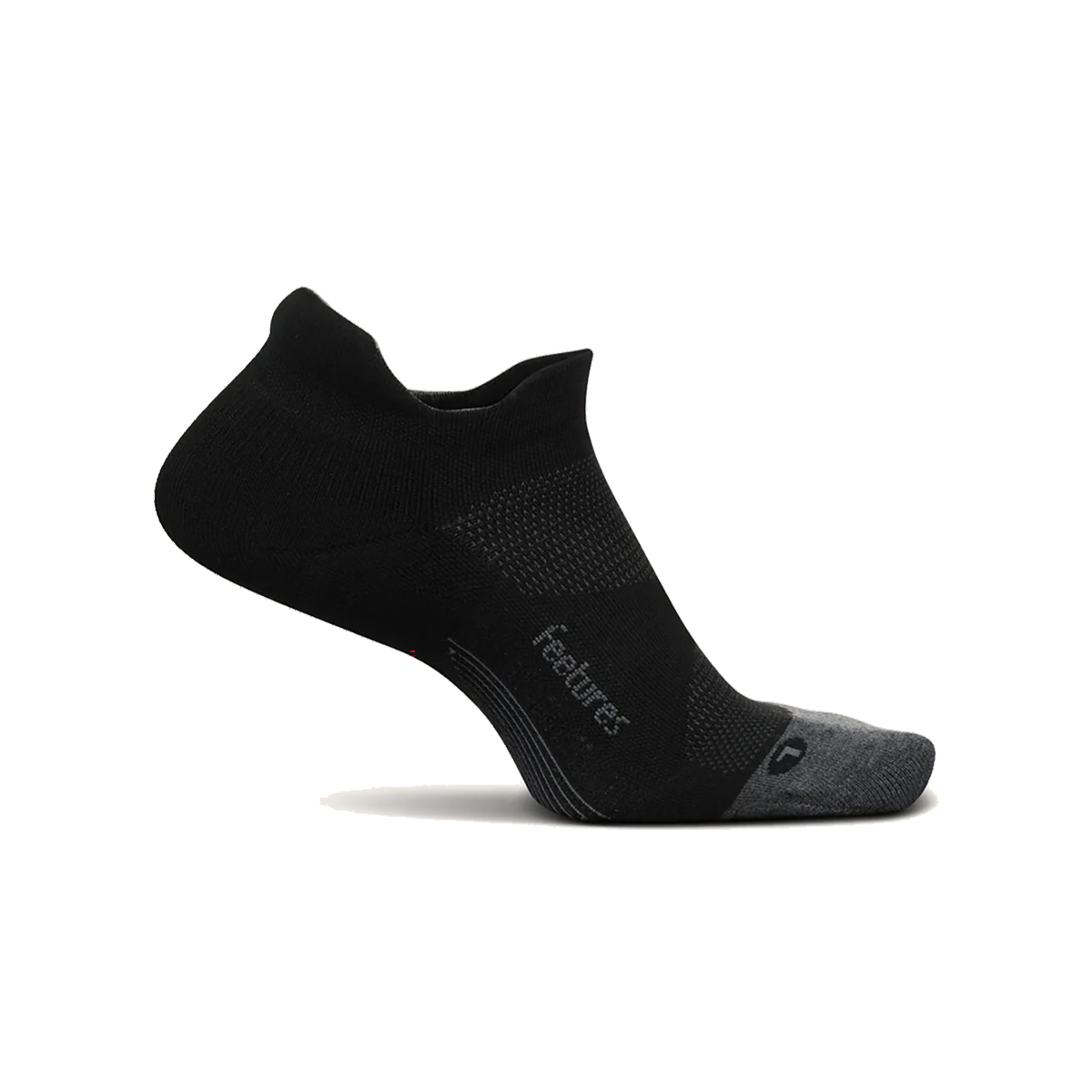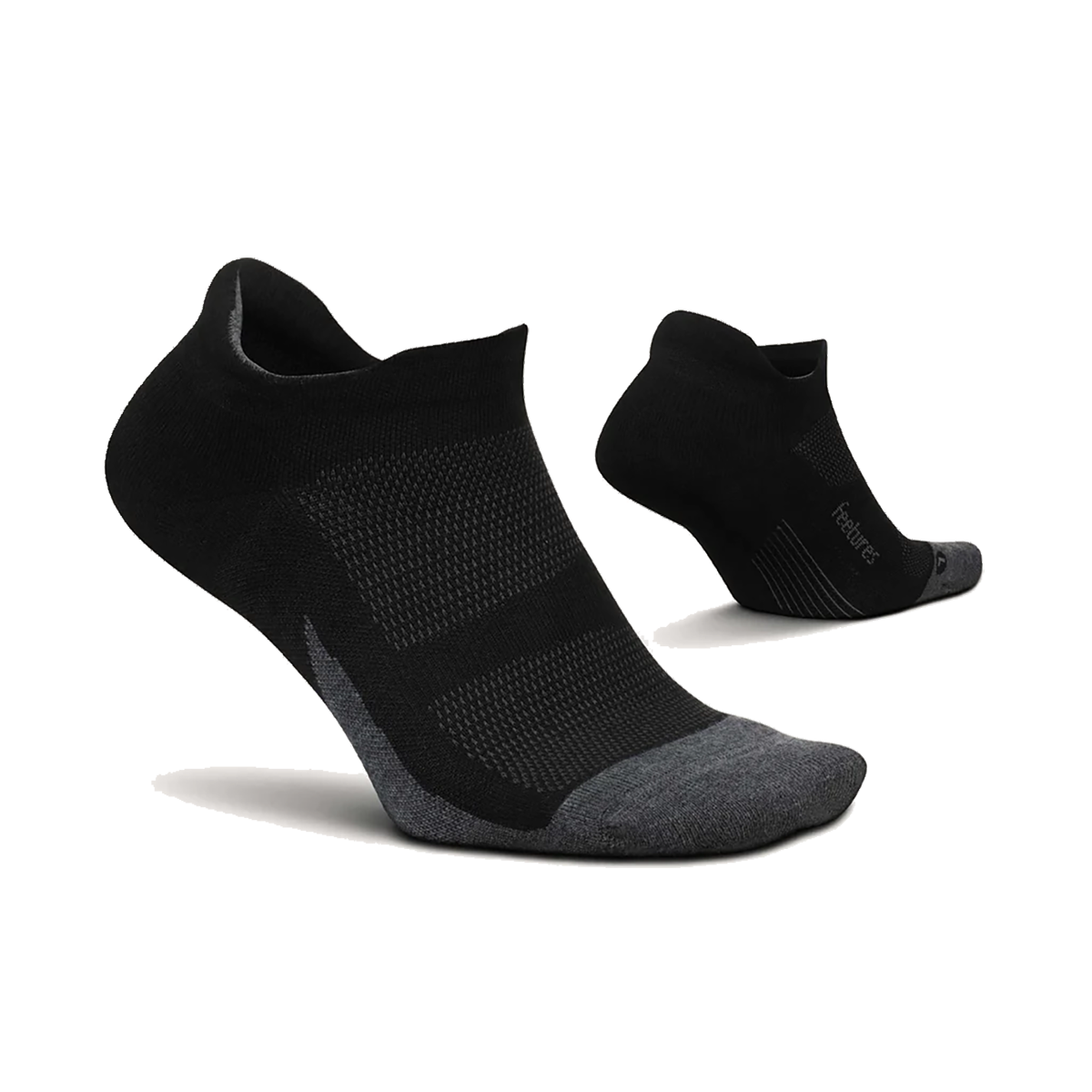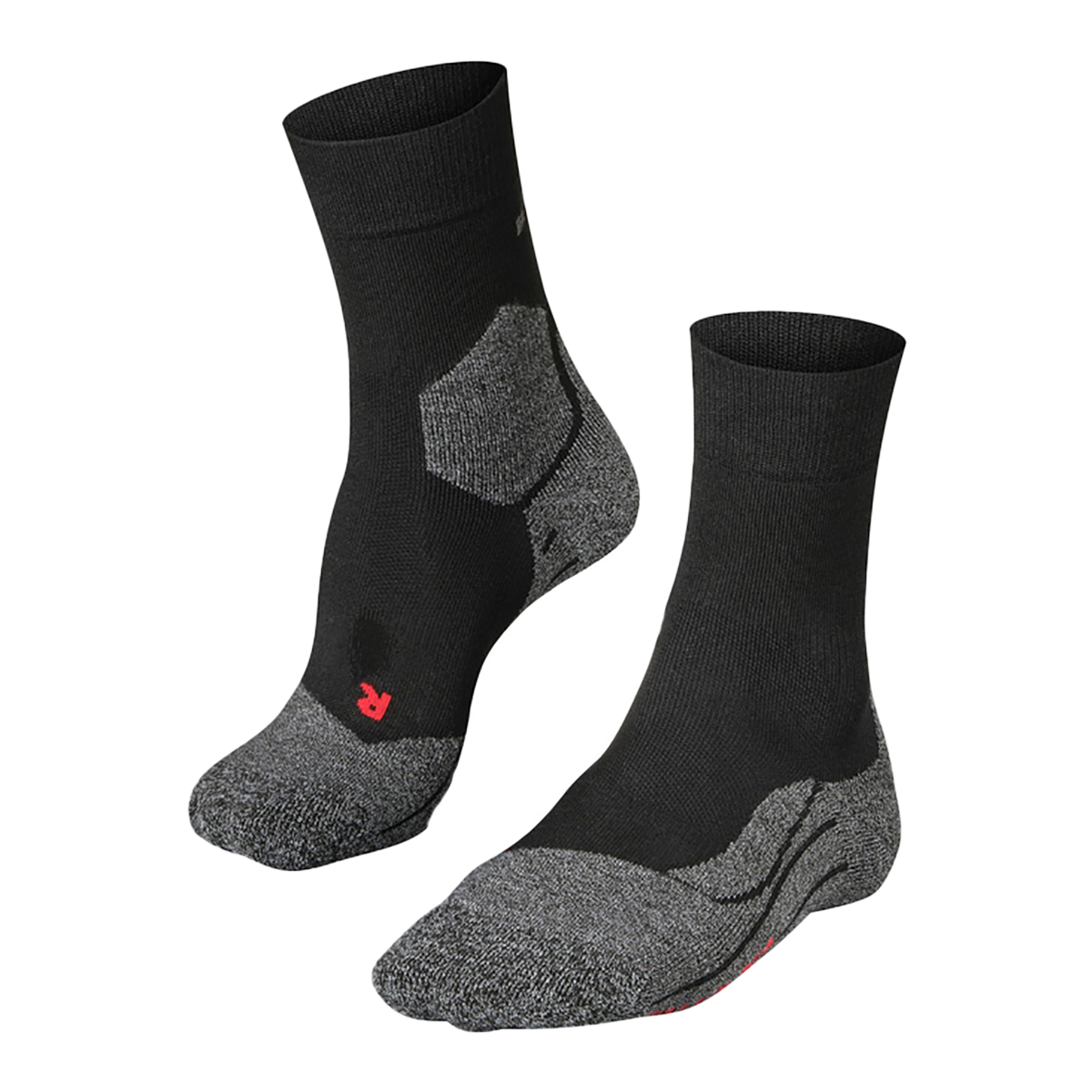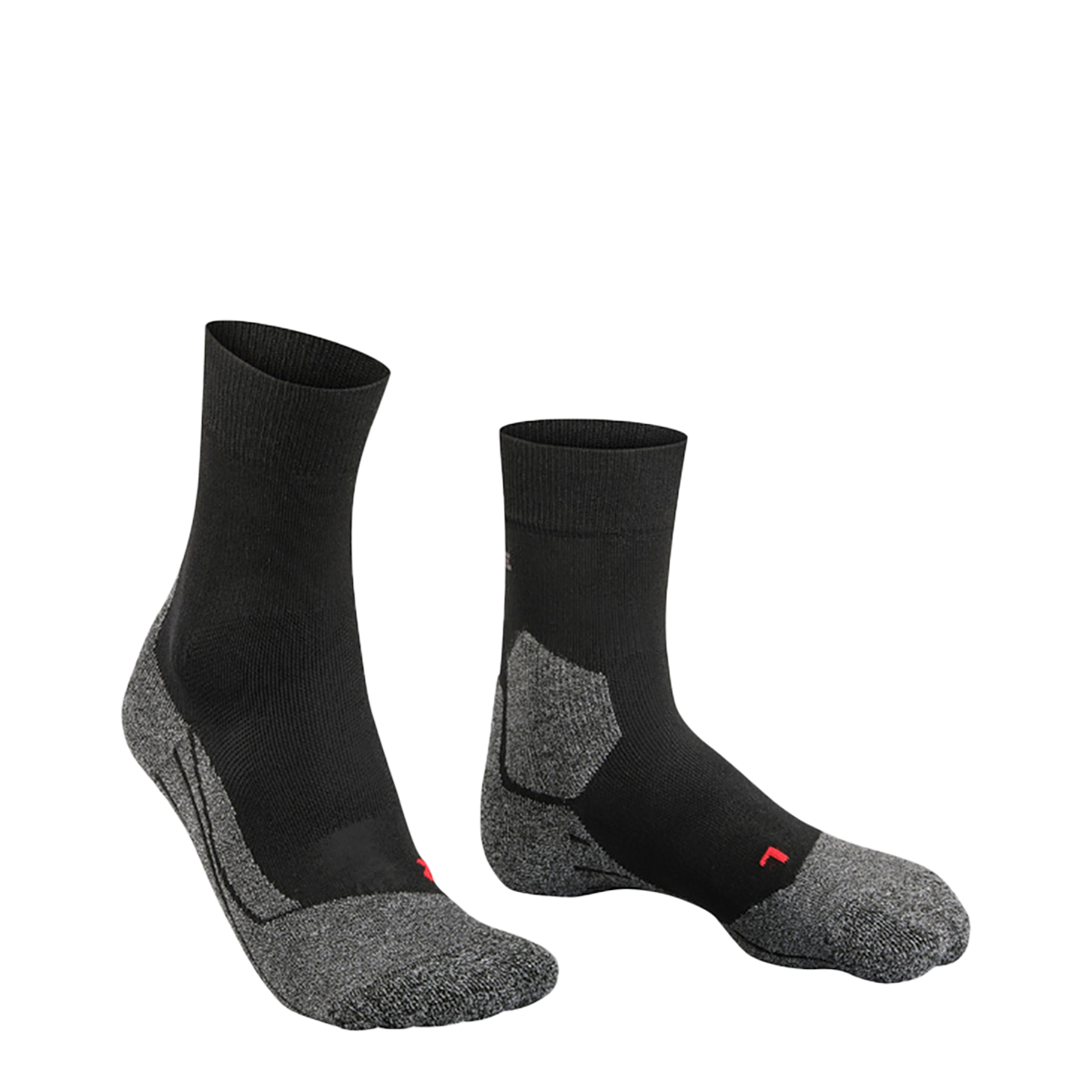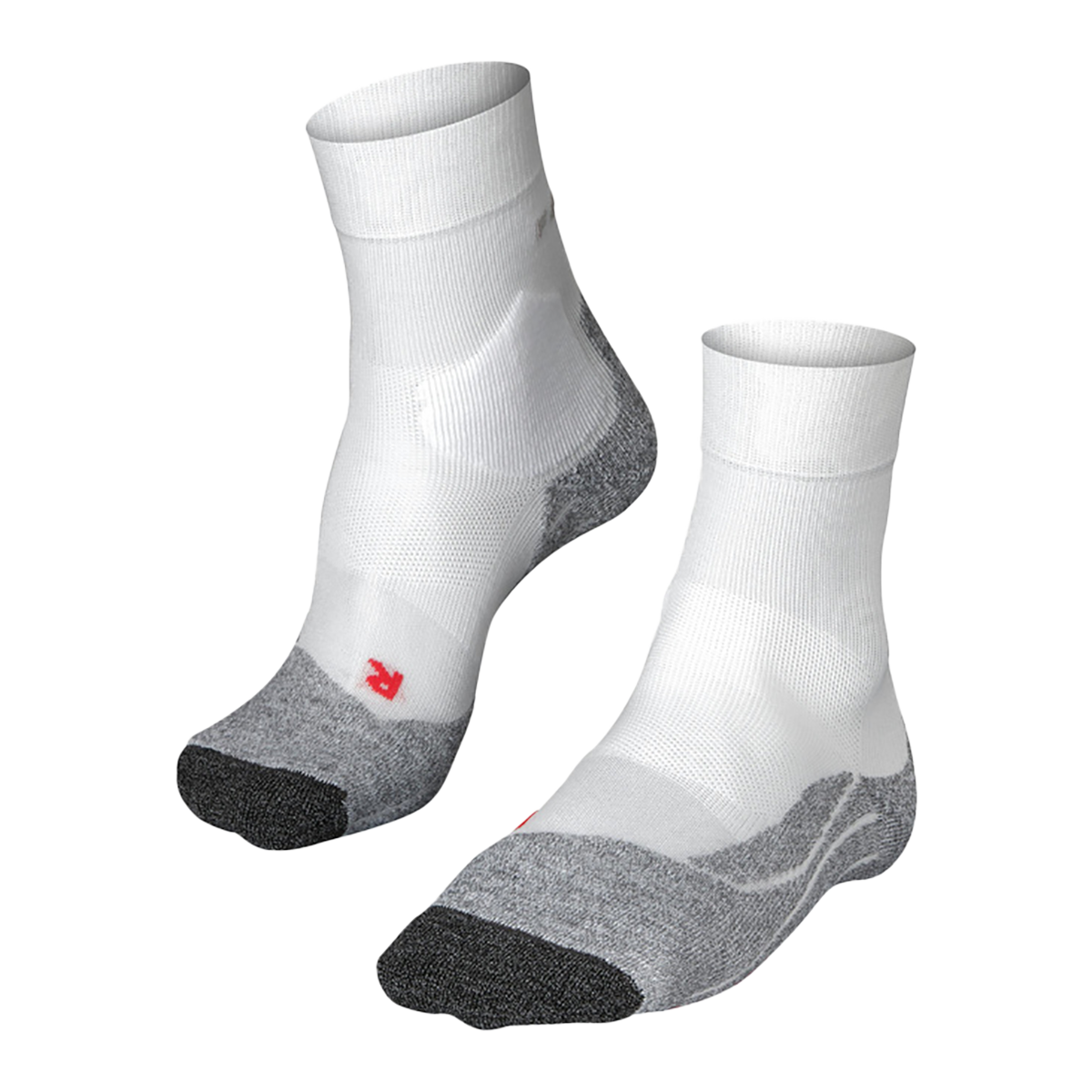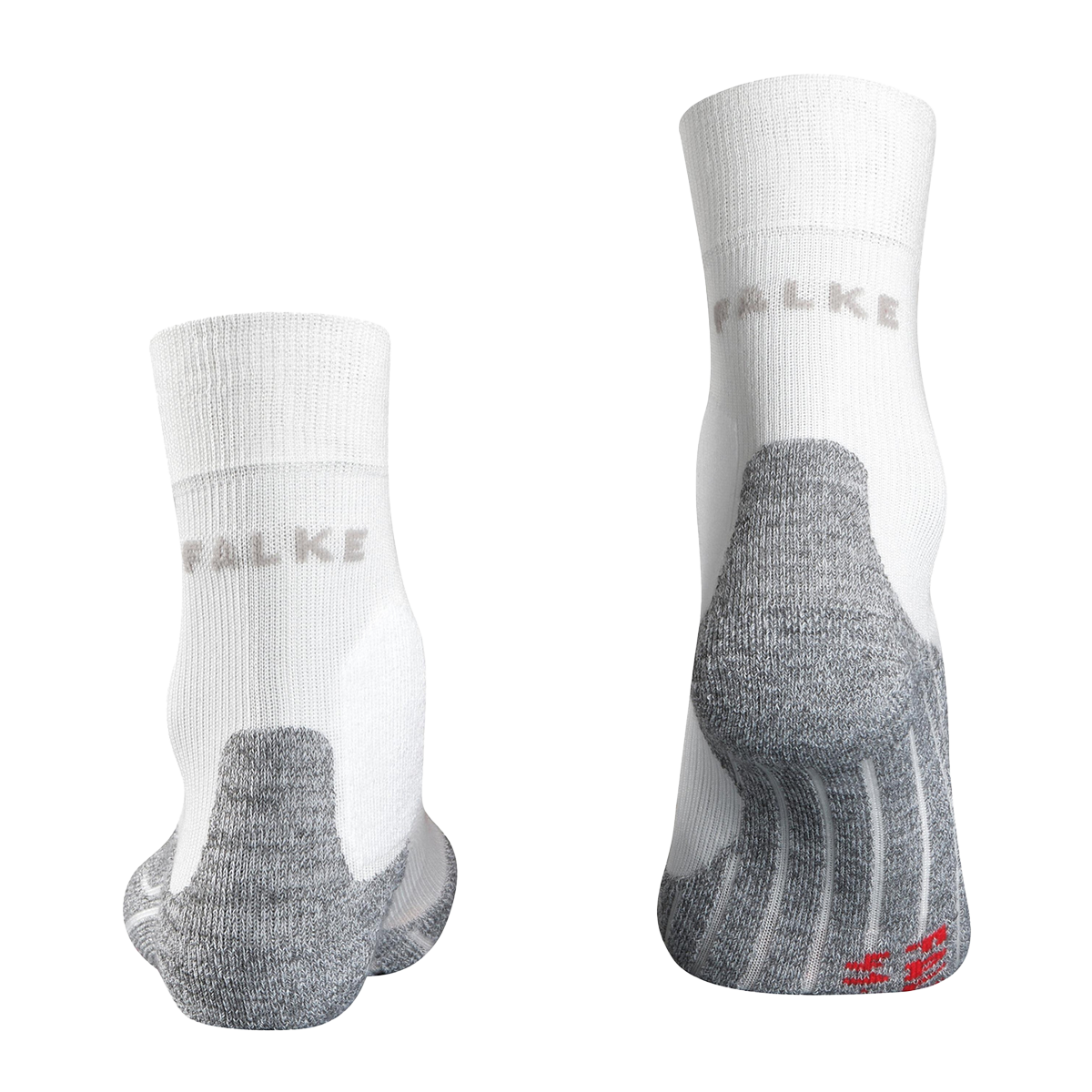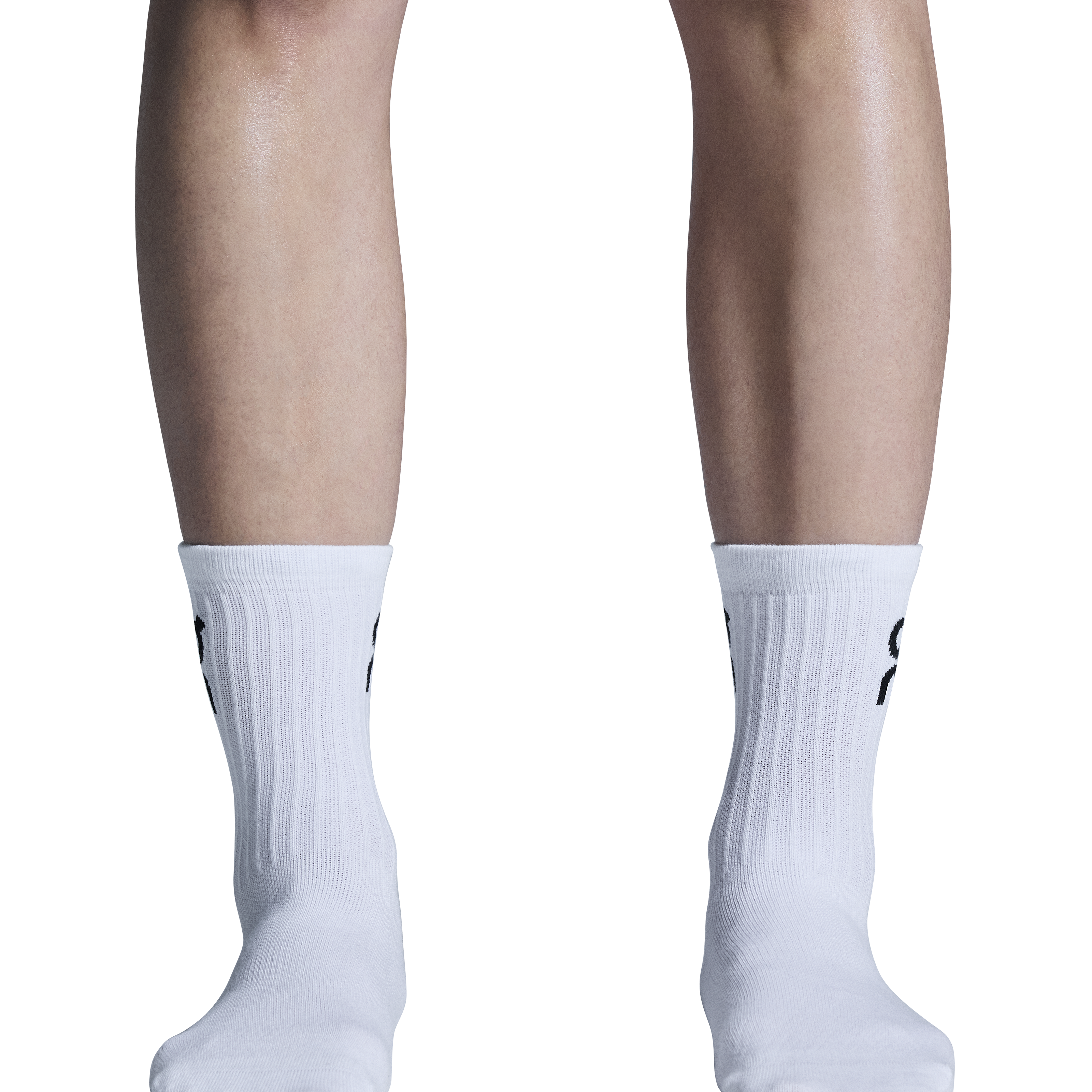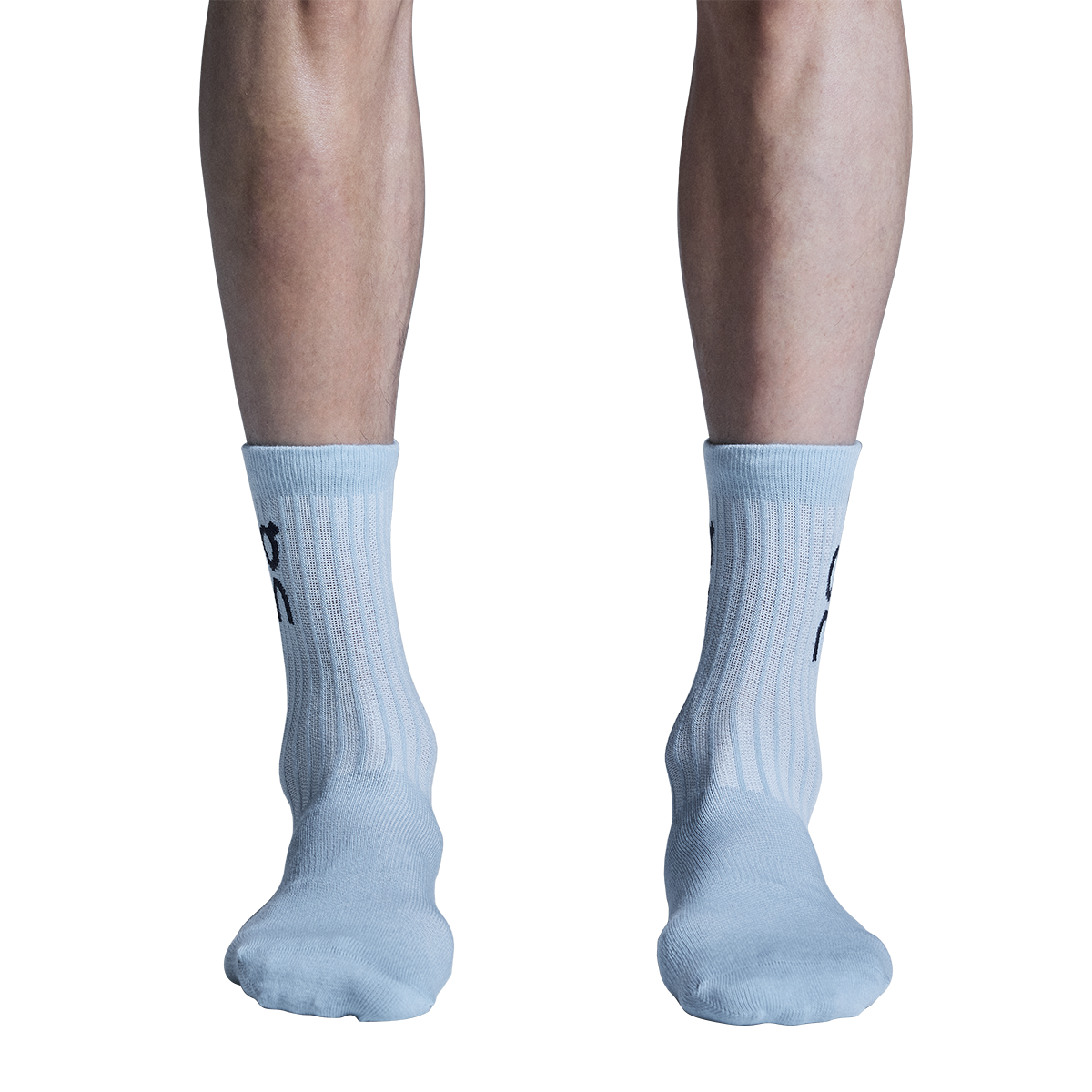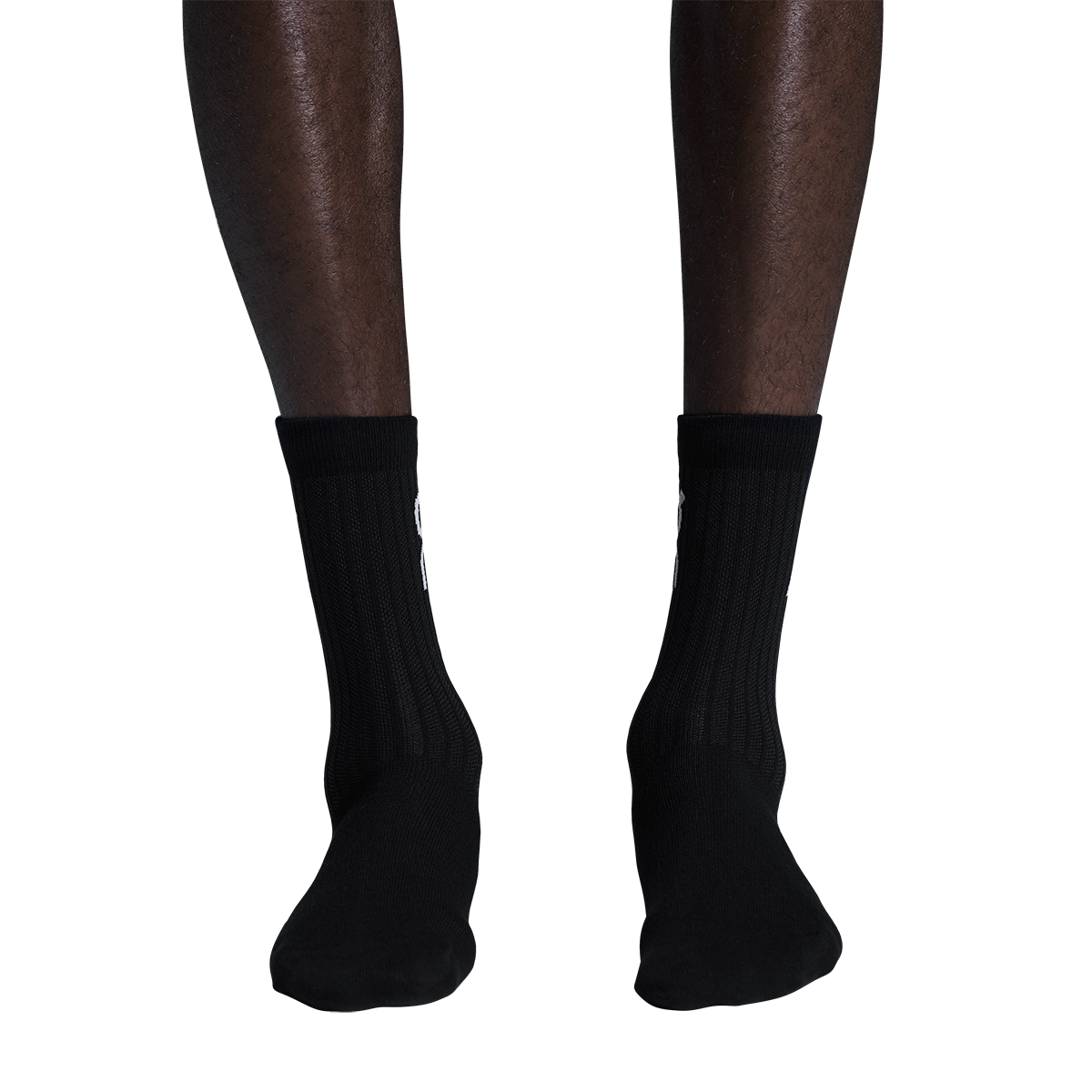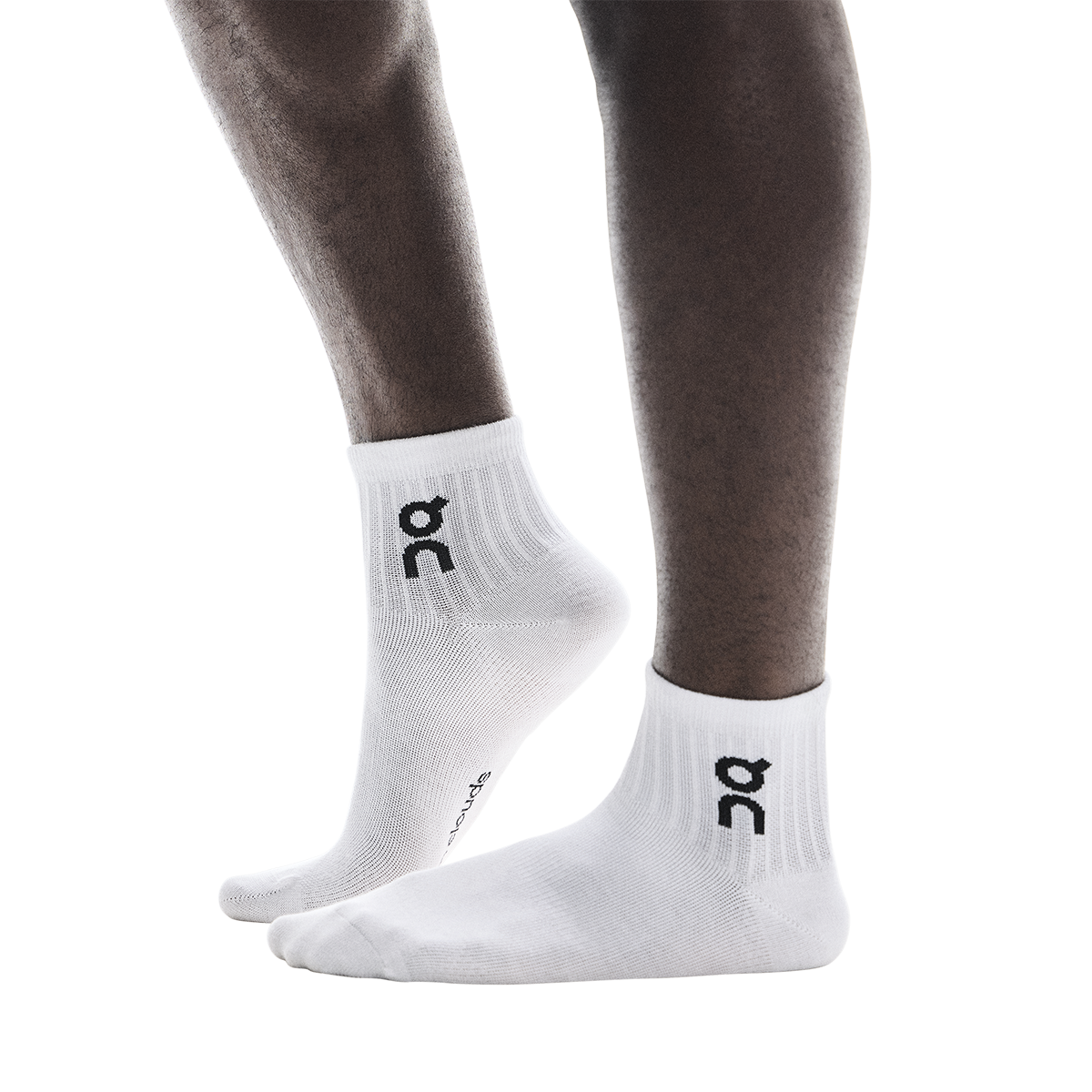Beach running is a great way to enjoy the summer sun while intensifying your running routine. It offers a refreshing change of pace and scenery, replacing trail runs or sidewalks with soft sand. The softer surface of the sand challenges your muscles differently, helping to improve strength, balance, and endurance. Incorporating beach runs into your training not only keeps things exciting but also allows you to connect with nature in a new and invigorating way. This summer, consider incorporating beach runs into your routine for a new challenge.
BEACH RUNNING TIPS
-
CHOOSE THE RIGHT TIME OF DAY
Due to the strenuous heat that the summer brings, try to schedule your runs for early in the morning or later in the evening. Not only will this help you from overheating, but you can also enjoy the sunrise or sunset depending on your location. You may also find that the beaches are less crowded during these times, making for a relaxing and efficient run.
-
START ON WET, PACKED SAND
If you are new to beach runs, begin with running on wet, packed sand. This will ensure that your joints are protected throughout your run. Running on loose, dry sand is unpredictable and can lead to injury, especially if you are a beginner. Loose sand can also lead to fatigue much quicker since it will require more leg strength to power through it. Packed sand will make for a reliable surface that allows you to enjoy your beach run.
-
WEAR THE CORRECT FOOTWEAR OR GO BAREFOOT
Before making this decision, ensure that you understand the pros and cons of running with or without shoes on the beach. Running with proper footwear will protect your feet from sharp objects like shells or debris. It will also ensure proper arch support and stability. While running barefoot encourages a more neutral stride and strengthens your foot muscles. If you choose to wear shoes, lightweight running shoes will be your best option for beach runs.
-
FOCUS ON YOUR FORM
It is important to remember that beach runs require specific forms that may be different than your typical running form. For running on the beach, you will want to shorten your stride. Shortening your stride will help you stay balanced and reduce your chance of overstriding and slipping in the sand. You should also engage your core. Stability is very important for running in the sand, engaging your core will ensure you are stable throughout your run. Incorporating short strides and an engaged core will create an efficient beach run.
-
EASE INTO IT
Beach runs should not be your longest or fastest runs. You should start with short runs and slowly increase your mileage with time. Incorporating beach running will initially be difficult on your body and you will need time to adjust to the difference in terrain. The change of surface will require more leg strength and stability which will take time and training to master. Using beach runs as shorter or casual runs is a great way to add them to your routine without overdoing it.
-
HYDRATE BEFORE AND AFTER
Beach weather is known for its humidity and heat. These two factors will increase your sweat loss which will require hydration pre and post run. You can also incorporate hydration supplements which contain electrolytes, carbohydrates, and various vitamins. This will assist you in maintaining your fluid balance and keeping you feeling good for runs of all distances.
-
APPLY SUNSCREEN AND WEAR PROTECTIVE GEAR
UV exposure can be intense on your skin on beach runs, even on cloudy days. Don’t forget to apply SPF to any exposed skin to ensure your skin is protected throughout your run. For added protection, you can wear a hat, sunglasses, and sweat resistant long sleeve running shirts. These items will keep you cool and protected from UV exposure during your beach runs.
-
BEWARE OF SLOPED SURFACES
Sandy beaches can be home to uneven terrain, which increases the risk of injury if you're not careful. Slopes, dips, and shifting sand can place extra strain on your ankles, knees, and hips. To stay safe, try to run on flat, firm areas of sand, ideally near the waterline at low tide. Avoid heavily sloped sections whenever possible, or alternate directions to keep your body balanced. Staying aware of your footing will help prevent common overuse injuries on the beach.
-
MIX UP YOUR BEACH WORKOUTS
To keep your beach runs exciting and effective, try mixing up your workouts. Alternate between steady paced runs and short sprints. This will help build both endurance and speed. Incorporate bodyweight exercises like lunges, squats, or planks between running segments to engage different muscle groups throughout your training session. The soft sand will add an extra challenge to each of these, making simple movements more effective. Incorporating different styles of training will assist you in being a well rounded runner.
-
COOL DOWN WITH A WALK AND STRETCH
After your beach run, take time to cool down properly to allow your body to recover. A slow walk along the shoreline is a great way to let your heart rate come down. Once your breathing has returned to a steady pattern, stretch key muscle groups like your calves, hips, and hamstrings, which work extra hard in the sand. Don’t rush this process, recovery is just as important as the workout.
Beach running offers more than just a scenic workout, it’s a full-body experience that challenges your strength, balance, and endurance in new ways. Whether you’re looking to change up your routine or make the most of your time by the coast, running on the sand can be both refreshing and rewarding. With a few smart adjustments and mindful preparation, you’ll be able to enjoy all the benefits that come with hitting the beach on foot this summer.













